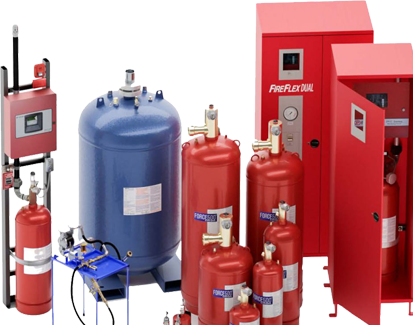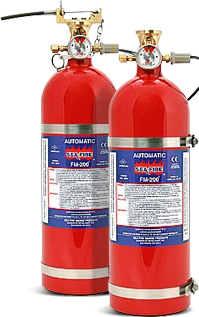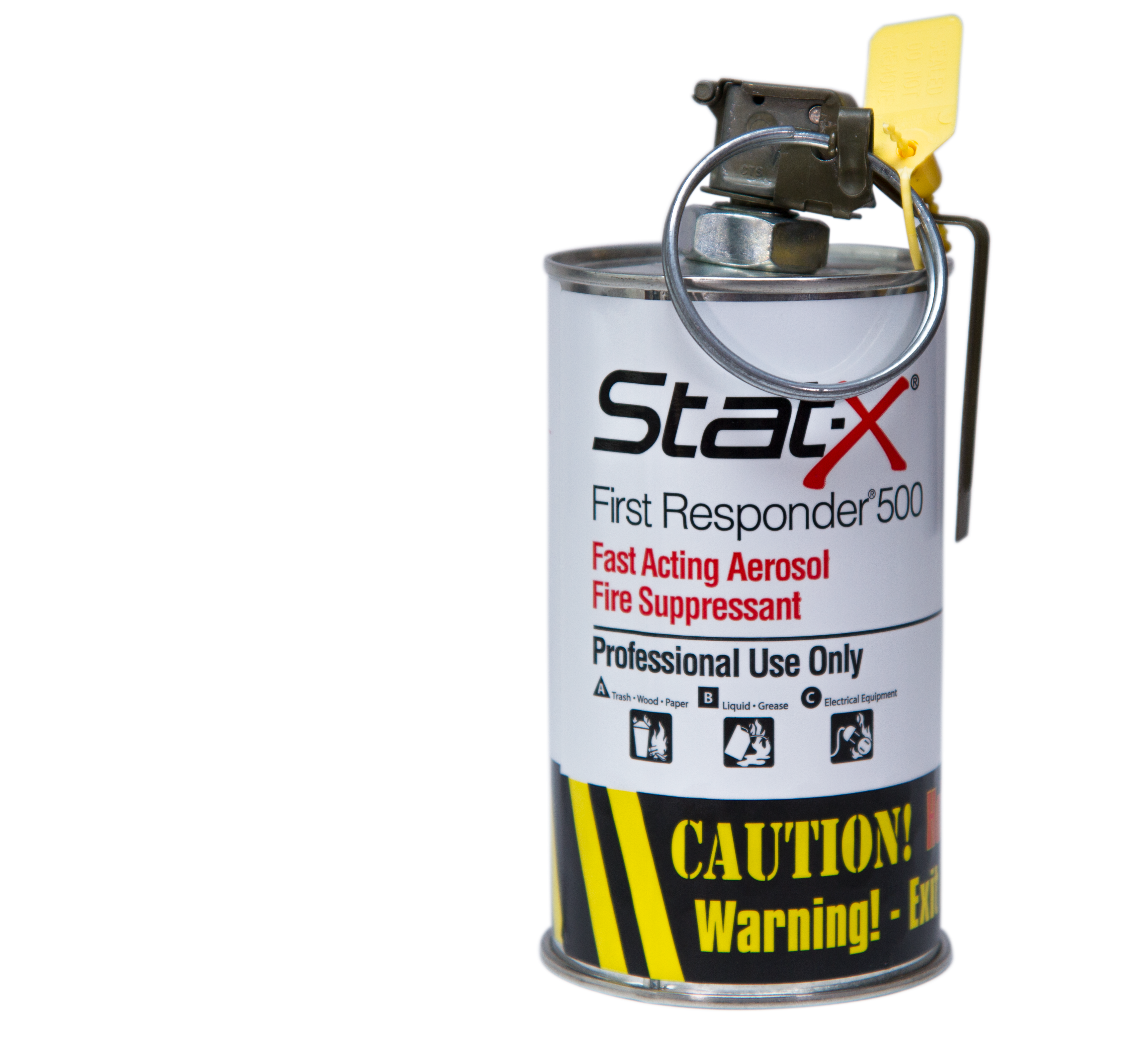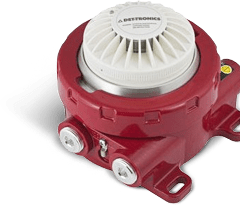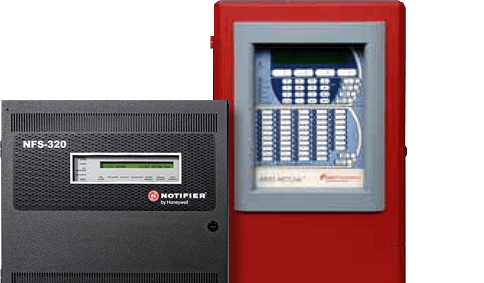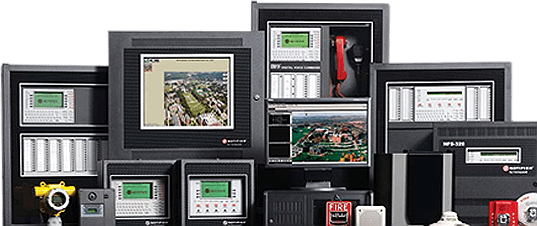Fire Alarm
Control Panels
Fire alarm control panels (FACP) act as the main hub for fire suppression systems. Each alarm control panel is different and can serve a variety of life-saving functions. While each building's main fire alarm control panel may differ in functionality, they all act as the liaison between fire protection devices that monitor for hazards and devices that alert people to a problem. Once a fire alarm panel is notified of a problem, it activates a variety of features to alert occupants and emergency services.
There are two main types of fire alarm panels: conventional panels and addressable panels. Conventional fire control panels work by being installed in zones and they detect changes in electrical currents. When a smoke detector responds after detecting smoke, it will change its electrical current as it begins to sound. The conventional fire control panel then sets off an alarm.
Addressable fire protection panels use a more advanced type of technology and can be programmed much more specifically. Each connected device has its own address which makes it fast and simple to determine where the signal is coming from.
There are three main types of signals a fire alarm control panel can receive:
- An alarm signal indicates a possible fire and activates audio and visual alarms while notifying authorities.
- A supervisory signal alerts building staff to an issue that may prevent the alarm system from working properly.
- A trouble signal is a warning that there is an issue with wiring, a battery, or the panel's communication system.
FACPs are typically located near the front door or in an enclosed room with additional annunciators present to make sure the panel is heard (while installation guidelines for them follow local codes).
When there's a fire, seconds matter. Fire alarm panels enable staff and firefighters to quickly determine where there may be trouble so that they can respond as quickly as possible to minimize loss.
Contact Control Fire Systems today to see how can give your building the safety and security it needs.














